Mastering Machine Learning: The Complete Guide for Beginners to Experts
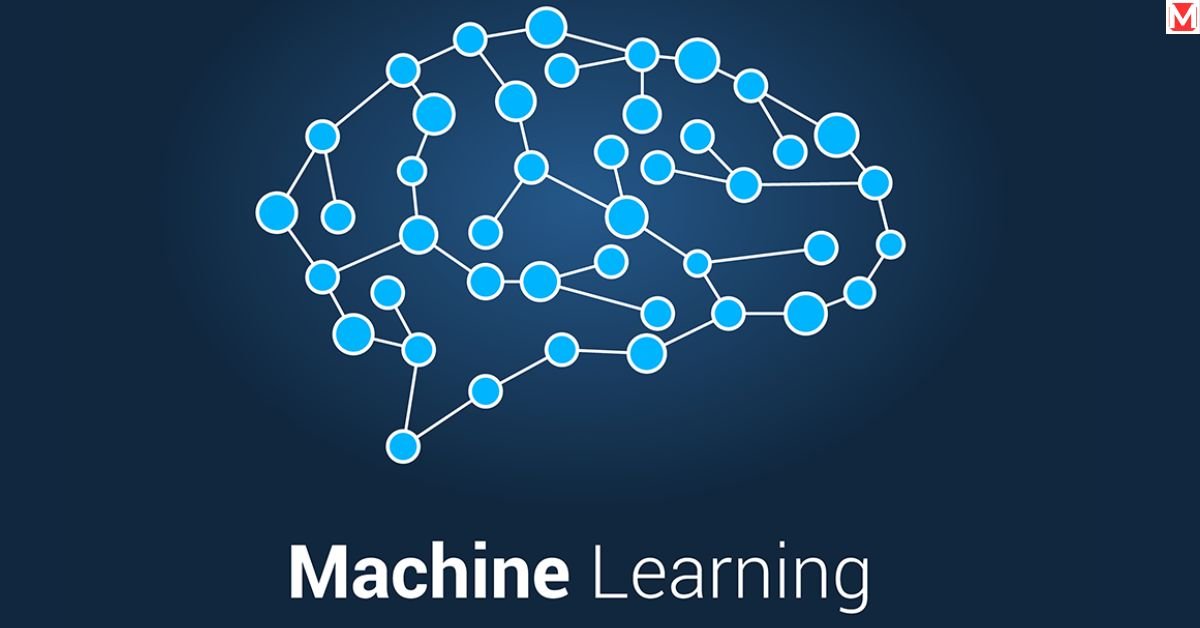
Machine learning has evolved from an academic curiosity into the central engine for technological upheaval today. By enabling systems to learn from data, machine learning makes it possible for systems to detect patterns or make decisions with little or no human intervention.
Whether you are a curious neophyte, or a tech-savvy professional looking to further your knowledge, this guide is a comprehensive review of what you need to know about machine learning algorithms and how they are used in the real world.
What is Machine Learning?
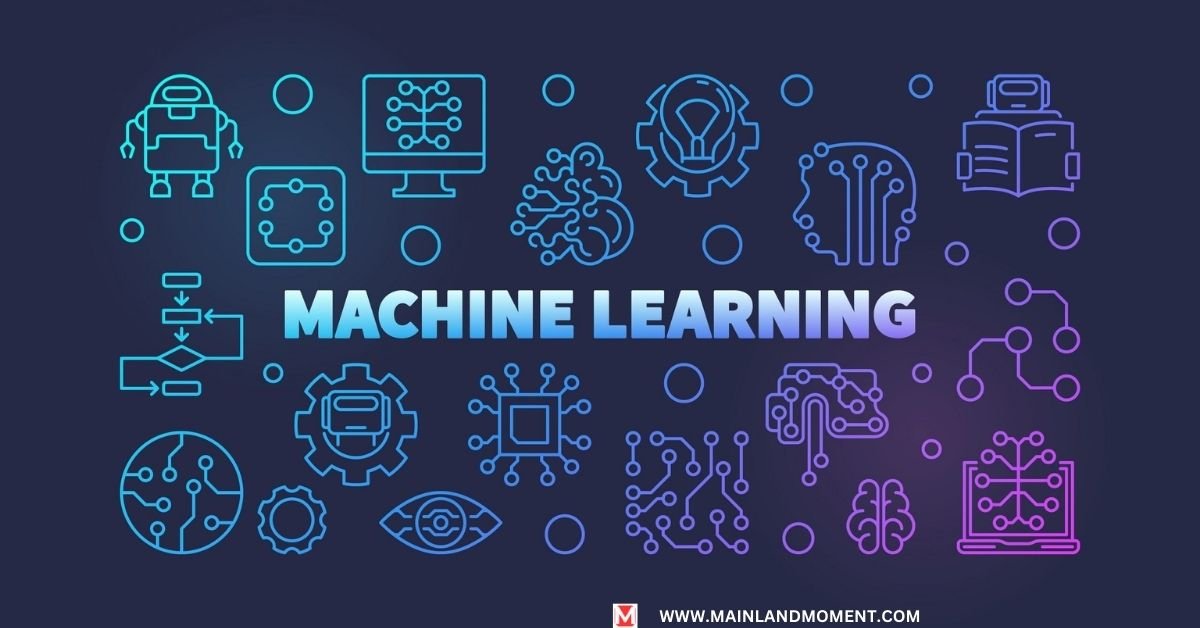
Essentially, machine learning is the science of getting computers to learn and behave like humans, while improving their ability to learn over time on their own, by providing them data and information in the form of observations and interactions with the real world.
In contrast to traditional computer programs that follow explicitly programmed instructions, machine learning models react to data and change as they learn to process the data. They learn to identify patterns, extrapolate conclusions, and make predictions based on new data.
"Machine learning is the science of getting computers to act without being explicitly programmed." - Stanford Professor Andrew Ng, co-founder of Google Brain
The history of machine learning goes back to the 1950s, but sudden surges in computational power and data availability have propelled it out of research labs and into our everyday lives. Machine learning algorithms are continuously reshaping how we use technology, from the recommendations on your streaming service to the voice assistant on your smartphone.
The Latest AI Trends, Brought to You by Experts
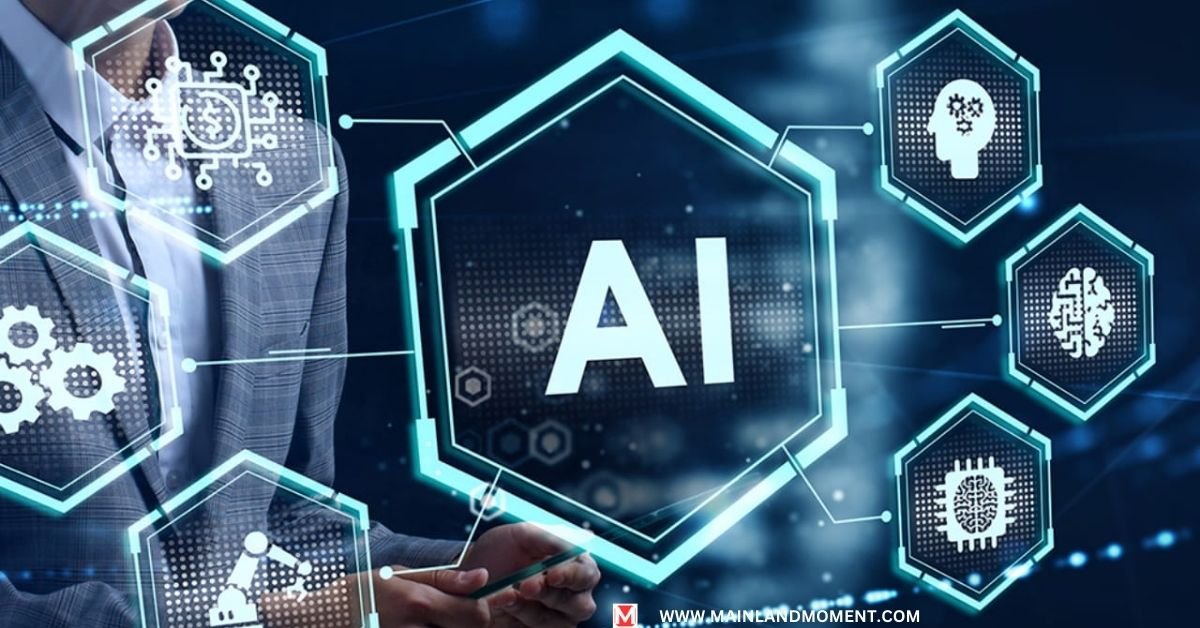
The landscape of artificial intelligence and machine learning continues to evolve at breakneck speed. Here are the cutting-edge trends shaping the field today:
1. Generative AI Revolution

Generative models such as GPT-4, DALL-E, and Midjourney can create text, images, and other media which are extremely convincing as human created content. These deep learning models are changing how creative industries work and the nature of collaboration with AI.
2. Multimodal Learning
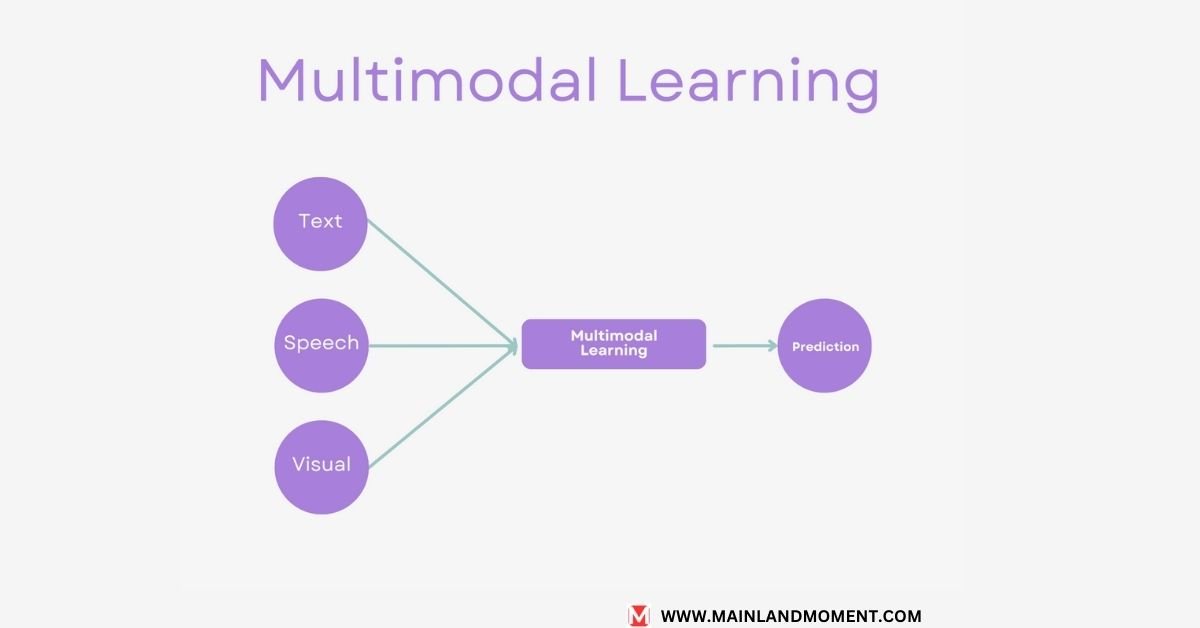
The recent neural networks can also handle multiple types of data at once: text, images, audio, and more. Doing so makes for a more complex and realistic model of how the world works, analogous to how human brains process (typically) mult-modal data from senses at once.
3. Edge AI

Running machine learning workloads locally on devices instead of in cloud data centers is on the rise. It decreases latency, improves privacy and allows AI capability to continue even where there may be limited connectivity.
4. AutoML and No-Code AI

Automated machine learning platforms are democratizing AI development to the masses, enabling non-technical professionals to visually use, build, and deploy powerful models through automated model optimization processes.
Dr. Fei-Fei Li, Co-Director of Stanford's Human-Centered AI Institute, notes: "The future of AI isn't just about advancing the technology; it's about making it accessible to everyone and ensuring it addresses real human needs."
Machine Learning versus Deep Learning versus Neural Networks
These terms are often used interchangeably, but they represent distinct concepts within the AI ecosystem:

Deep learning models have transformed AI because for the first time in decades, they have allowed for advances to take place in reducing complexity in computer vision, natural language processing, and many other highly complicated domains.
While traditional machine learning algorithms lose effectiveness when applied to raw unstructured data inputs such as text or images, neural networks great at deriving a useful representation of the input’s meaningful features.
Machine Learning Methods
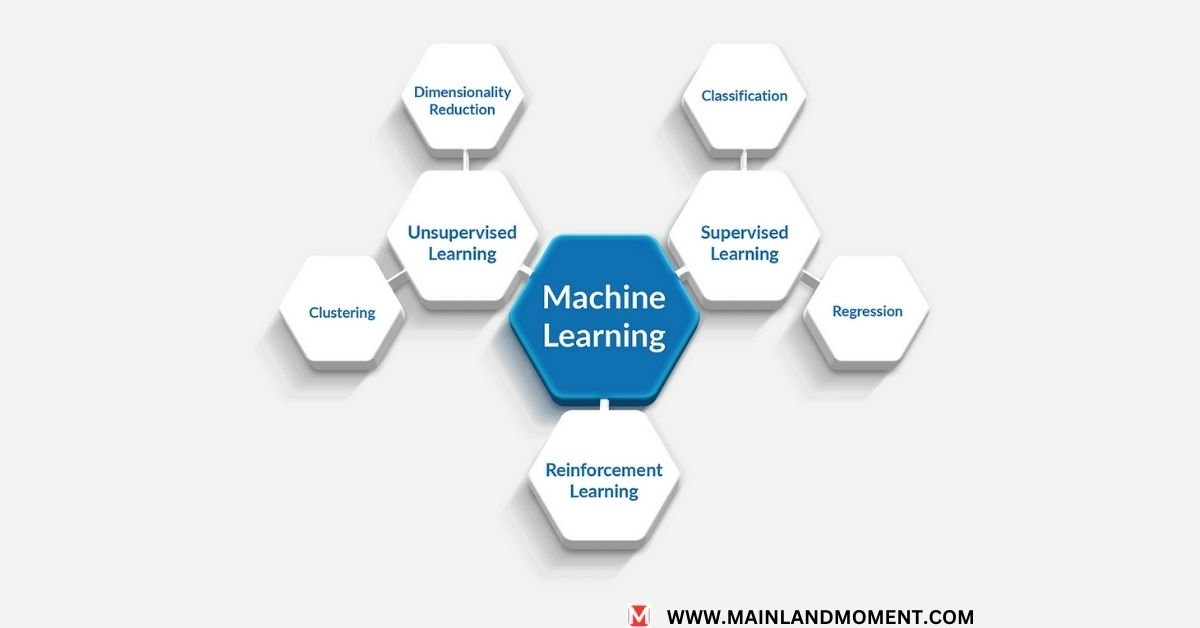
Here are Machine Learning Methods:
Supervised Learning
Supervised learning constitutes the most widely used method in machine learning, whereby algorithms acquire knowledge from labeled training data. You can think of it as learning from a teacher – the algorithm receives the questions (input data) with the correct answers (output labels).
This approach powers thousands of applications in widely different domains, from email spam filters to medical diagnosis. The algorithm looks for patterns in labelled data in order to build a model that can predict outcomes for new, never-before-seen data.
Popular supervised techniques include
- Classification (predicting categories)
- Regression (predicting continuous values)
- Support vector machines
- Random forests
Real-world example: Credit card companies use supervised learning algorithms trained on historical transaction data to flag potentially fraudulent charges in real-time.
Unsupervised Learning
When working with unlabeled data, unsupervised learning algorithms step in to discover hidden patterns and structures. These methods excel at data classification and grouping similar items together without prior knowledge of what those groups should be.
Unsupervised learning is particularly valuable for exploratory data analysis, customer segmentation, and anomaly detection.
Key techniques include
- Clustering algorithms
- Association rules
- Dimensionality reduction
- Anomaly detection
Case study: A major retailer used unsupervised learning to analyze purchase patterns, revealing unexpected product affinities that informed store layouts and promotional strategies, increasing average transaction value by 15%.
Semi-Supervised Learning
Semi-supervised approaches bridge the gap between supervised and unsupervised methods, using a small amount of labeled data alongside a larger pool of unlabeled examples. This hybrid approach offers a practical solution to the common problem of insufficient labeled training data.
By leveraging both types of data, semi-supervised algorithms can achieve performance close to fully supervised methods while requiring significantly less labeled data, making them cost-effective for many real-world applications.
Reinforcement Learning
Reinforcement learning represents a fundamentally different approach where an agent learns by interacting with an environment and receiving feedback in the form of rewards or penalties. Unlike other machine learning methods, reinforcement learning doesn’t require explicit training examples – the agent learns optimal behavior through trial and error.
This approach powers remarkable achievements like AlphaGo’s victory over world champion Go players and is increasingly applied to robotics, resource management, and recommendation systems.
Common Machine Learning Algorithms
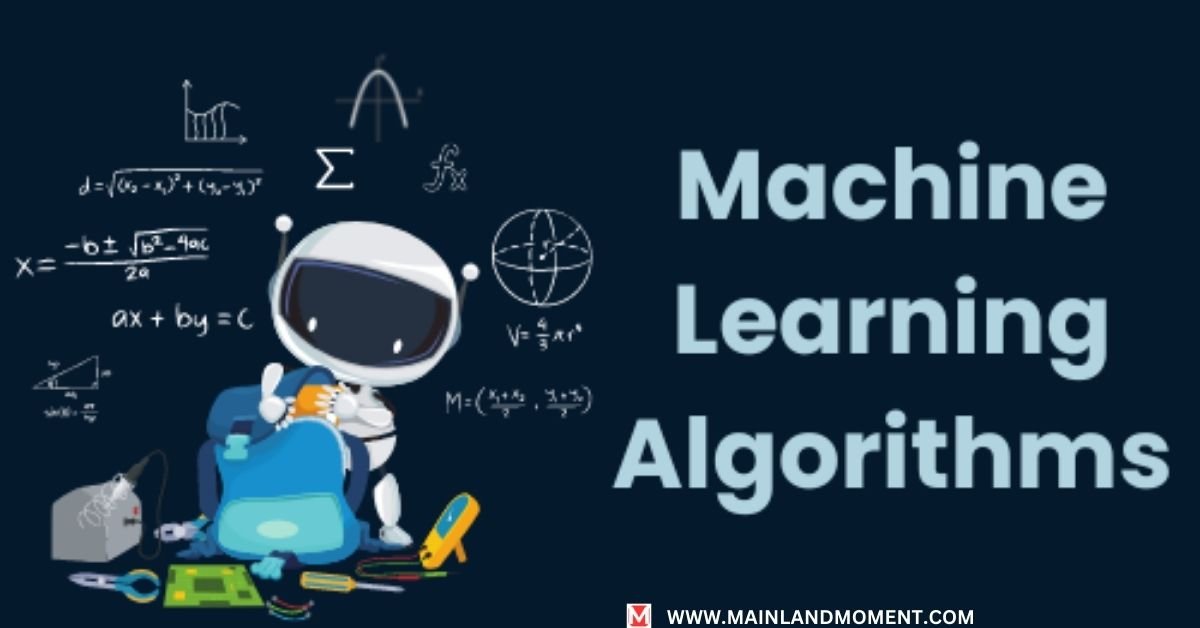
Neural Networks

Neural networks, inspired by the human brain’s structure, consist of interconnected nodes (neurons) organized in layers. Information flows through these connections, with each neuron performing simple mathematical operations.
Modern deep neural networks contain many hidden layers, enabling them to learn increasingly abstract representations of data. This architecture has proven remarkably effective for complex tasks in computer vision, natural language processing, and speech recognition.
Key types include
- Feedforward neural networks
- Convolutional neural networks (CNNs) for image processing
- Recurrent neural networks (RNNs) for sequential data
- Transformers for advanced language modeling
Linear Regression
Despite its simplicity, linear regression remains one of the most widely used machine learning algorithms. It models the relationship between variables by fitting a linear equation to observe data, making it ideal for predicting continuous values.
When to use: Linear regression is a good choice when there is a roughly linear relationship among input features and the target variable, and when interpretability is important.
Logistic Regression
Surprisingly, logistic regression is often not actually regression but is instead a classification algorithm for estimating the probability that an instance belongs to a particular class. It is the default choice for all binary data classification problems such as spam detection or medical diagnosis.
Its straightforward implementation and interpretable results make it an excellent starting point for many classification tasks.
Clustering
Clustering algorithms categorize similar data points based on shared attributes without any prior knowledge about what those groups should look like. Clustering algorithms are considered unsupervised learning techniques because they reveal natural patterns in data.
Popular clustering methods
- K-means clustering
- Hierarchical clustering
- DBSCAN (Density-Based Spatial Clustering)
- Gaussian mixture models
Decision Trees
Decision trees create a flowchart-like structure where each internal node represents a decision based on a feature, each branch represents the outcome of that decision, and each leaf node represents a class label or value prediction.
The intuitive and rule-based approach of decision trees is what makes them one of the most interpretable machine learning algorithms but decision trees can overfit the training data when they are too complex.
Random Forests
Random forests can address the limitations of decision trees by averaging the results from many decision trees that train on different subsets of the training data. The more trees we take an ensemble of, the more it reduces overfitting and increases accuracy. Random forests are one of the most powerful and versatile machine learning models available today.
Case study: A healthcare provider implemented random forests to predict hospital readmissions, achieving 83% accuracy and helping identify high-risk patients for preventive interventions.
Advantages and Disadvantages of Machine Learning Algorithms
While machine learning offers remarkable capabilities, it’s important to understand both its strengths and limitations:

Advantages
- Handles complex data relationships beyond traditional programming
- Continuously improves with more data through the model optimization process
- Automates decision-making for repetitive tasks
- Discovers unexpected patterns humans might miss
- Scales efficiently across large datasets
Disadvantages
- Requires significant high-quality training data
- Can perpetuate or amplify biases present in training data
- Complex models (especially deep learning models) often lack interpretability
- May struggle with unusual scenarios not represented in training data
- Computational resources can be substantial for advanced models
Real-World Machine Learning Use Cases
Machine learning has transformed numerous industries with practical applications that deliver tangible value:
- Healthcare: Disease diagnosis, treatment recommendation, and drug discovery
- Finance: Fraud detection, algorithmic trading, and credit scoring
- Retail: Customer segmentation, inventory management, and recommendation systems
- Manufacturing: Predictive maintenance, quality control, and supply chain optimization
- Transportation: Route optimization, autonomous vehicles, and traffic prediction
Real-world success story: A predictive maintenance system based on machine learning algorithms reduced unplanned downtime by increasing the time of a manufacturing plant by 38% and realized an estimated $3.7 million in savings per year.
READ MORE ABOUT : SAVING
Challenges of Machine Learning
Technological Singularity
Although popular media often relates artificial intelligence in such a runaway point of self-improvement that advances to superintelligence, the vast majority of AI researchers probably consider this to be speculative at best. Current machine learning systems are still narrow and may be able to perform some specific function, but do not possess the general intelligence or agency that would lead to such an extreme form of self-evolution.
AI Impact on Jobs
The relationship between machine learning and employment is nuanced. While automation will undoubtedly transform certain roles, history suggests technology creates more jobs than it eliminates, though with different skill requirements.
"AI won't replace humans; humans using AI will replace humans not using AI." - Satya Nadella, Microsoft CEO
The key challenge lies in workforce adaptation and education to ensure people can collaborate effectively with AI systems rather than compete against them.
Privacy
Machine learning systems frequently require large amounts of data, which can create serious privacy issues. Facial recognition technology, predictive analytics based on personal actions, and similar types of analysis would threaten privacy if left unconstrained.
However, emerging techniques such as federated learning, differential privacy, and homomorphic encryption can facilitate privacy-preserving machine learning that allows models to be trained from sensitive data without access to the underlying data.
Bias and Discrimination
Machine learning algorithms can unknowingly reinforce or exacerbate existing social biases in the data that they used to train the algorithms. This has led to some reported discrimination in hiring, lending and criminal justice.
Mitigating algorithmic bias involves fair teams, thoughtful data curation, use of fairness metrics, and sustained monitoring as technical solutions alone will not remedy algorithmic bias without further attention to ethical and social considerations.
Accountability
As machine learning systems make increasingly consequential decisions, questions of accountability become crucial. Who’s responsible when an AI system makes a harmful mistake? The developer, the deployed, or the system itself?
On the field is developing frameworks for algorithmic accountability that highlight transparency, explainability, and human oversight for high-risk applications.
How to Choose the Right AI Platform for Machine Learning
Selecting an appropriate platform for your machine learning projects requires careful consideration of:
- Business needs: What problem are you solving? What outcomes matter most?
- Data availability: How much quality data can you access for training?
- Technical expertise: What ML skills exist in your team?
- Deployment requirements: Where will your model run? What latency is acceptable?
- Budget constraints: What’s your total cost tolerance, including development and operations?
Conclusion
Machine learning continues to advance rapidly, disrupting businesses and opening new opportunities that were unimaginable in the past. From neural networks powering your favorite voice assistant to unsupervised learning algorithms finding patterns in the massive datasets being collected by your organization, these technologies are increasingly seen as fundamental business tools rather than near future luxuries.
While we shift into this new AI-enabled future, the organizations that will be most successful are the ones that integrate the art of machine learning thoughtfully, while also considering the ethical, social, and logistical challenges they entail. However, whether you are just starting on your AI journey or looking to build on existing capabilities, having a foundational understanding of the concepts in this guide is a critical first step in execution and responsible implementation.
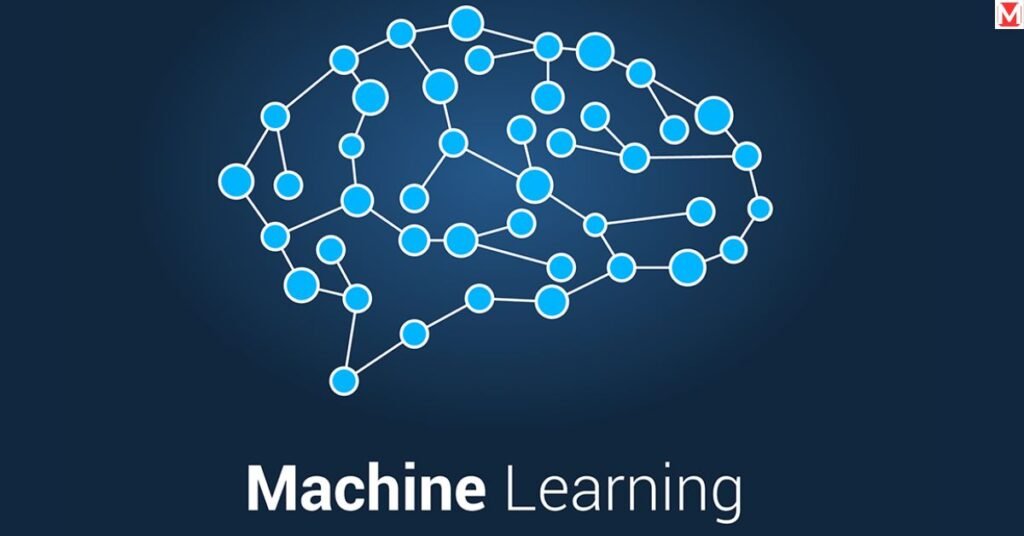


Pingback: Xbox One Controller In 2025: Is It Still Worth It For Gamers?
Pingback: Python Coding For Beginners: Learn To Code From Scratch In 2025
Pingback: Neural Nets Explained: How They Power AI And Deep Learning